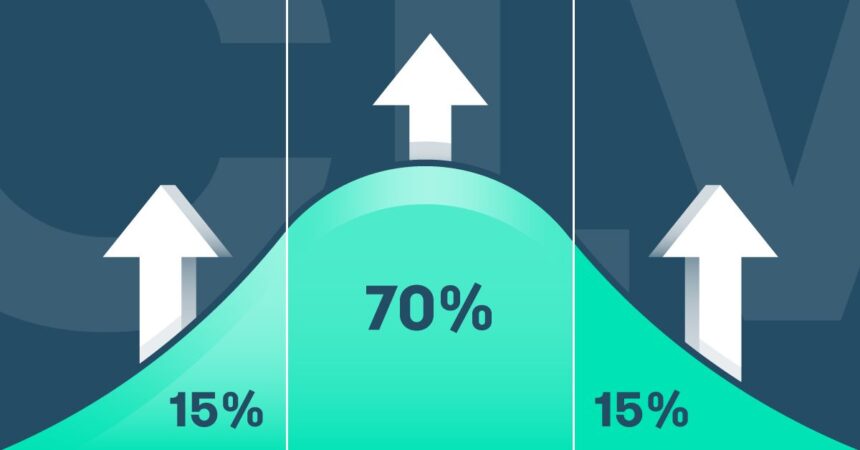Customer Lifetime Value (CLV) is a metric that represents the total amount of money a customer is expected to spend with a business over their lifetime. It is a crucial metric for businesses to measure long-term profitability, guide customer retention strategies, and evaluate marketing effectiveness.
Key Takeaways
- Customer Lifetime Value (CLV) measures the total value a customer will bring to a business over their lifetime.
- CLV helps businesses allocate resources to retain high-value customers.
- Businesses with high CLV can afford to invest more in customer acquisition.
- CLV is a key metric for assessing business sustainability and long-term growth.
How Customer Lifetime Value Works
- Calculate Average Purchase Value: Multiply the average purchase value by the average number of purchases per year.
- Determine Customer Retention Rate: Understand how long customers tend to stay with the business.
- Multiply: CLV = Average Purchase Value x Purchase Frequency x Customer Lifetime.
For example, a customer who spends $100 per month for 12 months has a CLV of $1,200.
Benefits of Understanding CLV
- Improved Customer Retention: CLV helps businesses identify which customers to prioritize.
- Marketing Effectiveness: Understanding CLV enables businesses to tailor marketing strategies for high-value customers.
- Sustainable Growth: Focusing on high CLV customers can lead to stable, long-term business growth.
Challenges of Customer Lifetime Value
- Accuracy: Calculating CLV can be complex and require significant data analysis.
- Changing Customer Behavior: Shifting customer preferences can impact lifetime value projections.
- Retention Efforts: High CLV customers require targeted retention strategies to maximize value.
Example of CLV Optimization
Amazon Prime customers tend to have a higher CLV due to recurring subscriptions and increased spending on the platform, showcasing how a business can optimize for long-term customer value.





